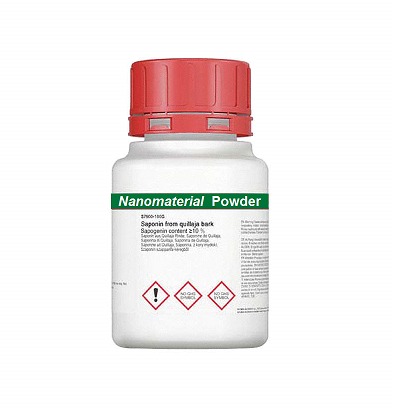
Iron Oxide (Fe2O3) Magnetic Powder: Properties, Applications, and Future Potential
Iron oxide (Fe2O3) magnetic powder is a material of significant interest across various industries due to its unique magnetic properties, chemical stability, and versatility. As one of the most abundant iron oxides, Fe2O3 exists in multiple phases, including hematite (α-Fe2O3), which is widely used in applications ranging from data storage to environmental remediation.
Properties of Fe2O3 Magnetic Powder
- Magnetic Behavior:
- Fe2O3 exhibits antiferromagnetic or weakly ferromagnetic properties depending on its phase and particle size.
- High Stability:
- Chemically stable under a range of environmental conditions, making it suitable for long-term applications.
- Non-Toxicity:
- Biocompatible and non-toxic, allowing for use in medical and environmental applications.
- High Surface Area:
- Nanostructured Fe2O3 powder provides a large surface area, enhancing its reactivity and performance in catalytic and adsorption applications.
- Thermal Resistance:
- Maintains stability at high temperatures, enabling its use in demanding environments.
Applications of Fe2O3 Magnetic Powder
- Data Storage:
- Magnetic powders are utilized in magnetic tapes and disks for storing digital information.
- Medical Applications:
- Fe2O3 nanoparticles are used in magnetic resonance imaging (MRI) contrast agents and targeted drug delivery systems.
- Catalysis:
- Acts as a catalyst or catalyst support in chemical reactions, including wastewater treatment and hydrogen production.
- Environmental Remediation:
- Fe2O3 powder is effective in removing heavy metals and organic pollutants from water and soil.
- Energy Storage:
- Used in battery electrodes, enhancing capacity and stability in lithium-ion and sodium-ion batteries.
- Pigments and Coatings:
- Provides vibrant red pigmentation and corrosion resistance in paints and coatings.
- Sensors:
- Fe2O3-based sensors detect gases such as CO2, H2S, and NOx with high sensitivity and selectivity.
Advantages of Fe2O3 Magnetic Powder
- Abundance and Affordability:
- As a naturally abundant material, Fe2O3 is cost-effective for large-scale applications.
- Versatility:
- Can be engineered into various sizes and shapes to suit specific applications.
- Sustainability:
- Biodegradable and environmentally friendly, supporting sustainable practices.
- Customizability:
- Properties can be tailored through doping, surface modification, and synthesis methods.
Challenges in Using Fe2O3 Magnetic Powder
- Magnetic Limitations:
- Weak magnetic properties compared to other magnetic materials can limit certain applications.
- Agglomeration:
- Nanoparticles tend to aggregate, reducing their effectiveness and requiring advanced dispersion techniques.
- Processing Costs:
- High-purity Fe2O3 production involves complex and costly methods.
- Performance Optimization:
- Enhancing properties for specific applications requires further research and development.
Future Directions
- Advanced Synthesis Techniques:
- Research into cost-effective methods for producing high-purity, well-dispersed Fe2O3 nanoparticles.
- Hybrid Materials:
- Combining Fe2O3 with other materials to create multifunctional composites for advanced applications.
- Energy Innovations:
- Exploring its role in next-generation batteries, supercapacitors, and hydrogen storage.
- Biomedical Breakthroughs:
- Developing more efficient drug delivery systems and imaging technologies using Fe2O3 nanoparticles.
- Environmental Sustainability:
- Expanding its use in green technologies for water purification and pollution control.
Conclusion
Iron oxide (Fe2O3) magnetic powder is a versatile and valuable material with applications spanning technology, medicine, and environmental science. Its abundance, stability, and customizable properties position it as a key material for innovation. Ongoing research and advancements in synthesis and application methods will further unlock its potential, making it indispensable for a sustainable and technologically advanced future.
